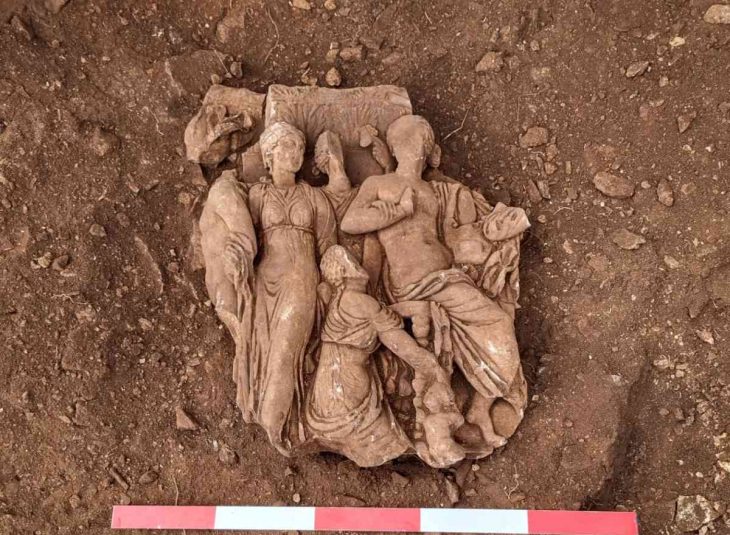Archaeologists have uncovered a treasure trove of hand-carved figurines in the quiet village of Vang in Blekinge, Sweden, suggesting the region was once home to an Iron Age cult.

The research team found thirty 2cm-tall figures known as guldgubbars and guldkoners (‘gold old men’ and ‘gold wives’), which are associated with ritual and worship, and are believed to have been hammered into shape from 6 th century Roman coins.
It is thought that the people in the region served as soldiers in the Roman Army and were paid using the gold coins that were later melted down and formed into the gold figurines.
“‘Without a doubt, the place was important during the Iron Age for several hundred years,” said lead archaeologist Mikael Henriksson. “Clearly, we can start a new chapter in the study of the Blekinge Iron Age.”

Guldgubbars are shaped like clothed men and women and are associated with places of political or religious significance and are thought to have been created as gifts for the gods in certain cults. The latest discovery is the largest collection of guldgubbars found in the whole of Sweden, which indicates that the area must have been a region of great religious significance.
The gold figurines were found alongside the ruins of houses and a forge, which suggests that a community once lived in the region and, piecing together the various findings in the region, archaeologists now believe the settlement was home to an Iron Age cult which dominated the area.